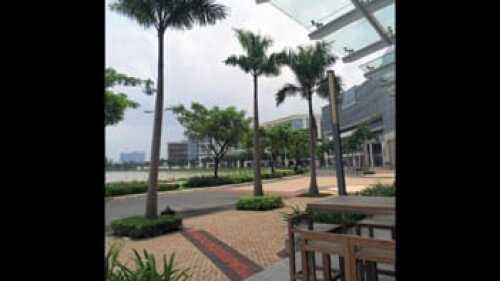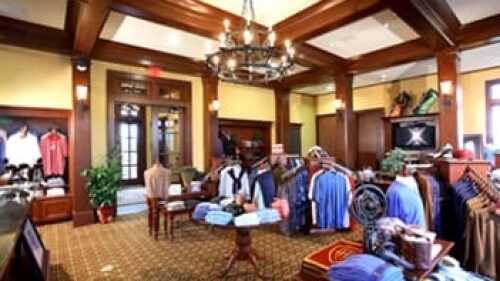Based in Austin, Texas, Whole Foods Market has developed a national specialty brand around natural and organic products, but it also pays close attention to incorporating community preferences into each of its stores, both in the products for sale and in the architectural design.
The company has 11 regional offices in the United States and one in the United Kingdom. When planning to open a new store, each regional office has considerable autonomy. “The high [degree] of decentralization allows the company to tailor its design, offerings, and operations to local communities and different marketplaces,” says Gabrielle Rosi, senior design coordinator for Whole Foods Market’s northern California region. The regional office’s store development team conducts extensive research into each community’s history and local food traditions. Architects and designers participate in the research and reconnaissance. The coordinators of each department within the store are encouraged to develop concepts as well. The company’s culture expects suggestions from a wide range of sources.
As a result, each store is unique. At present, the company is in the planning stages for a store in Davis, California, that will offer bagels on a conveyor toaster with a variety of “schmears”—reflecting the college town’s preferences. The Coddingtown Mall Whole Foods Market in Santa Rosa, California, which opened in 2010, features a freestanding Tap Room pub, which responds to the recent growth of craft beers from cutting-edge breweries in northern California. Located within the store, the pub is designed as a dilapidated shed made of salvaged, reclaimed, and reused materials. The shed structure provides a sense of shelter from the rest of the store. For the Whole Foods Market in Novato, California, which also opened in 2010, the company chose to house bulk items inside salvaged 30-foot (9.1 m) shipping containers—an eye-catching way to demarcate space while also referencing the nearby train depot. A forthcoming store in the South Bay area will have its own nail salon within its “Whole Body” section, emphasizing the selection of naturally derived, plant-based, non-animal-tested products.
For each new concept, the store development team draws up a detailed pro forma to target a specific return on investment. If the experiment does not generate the hoped-for minimum revenue within the specified time frame, it is removed. “Sometimes a concept works for revenue purposes, and sometimes it works for attracting new customers,” says Rosi. “It all depends on what we feel is a success for the community.” For the Potrero Hill store in San Francisco, which opened in 2007, the company initially incorporated a DJ booth above the café/bistro as well as a small day spa, with services that included facials and massages. After a few years, however, the store decided to remove the day spa to provide more merchandising space for selling products customers wanted. Currently, the downstairs café/bistro is being remodeled into a brew pub that will test a concept that Whole Foods Market calls “Brew and Brew”—serving coffee during the daytime and beer at night.
The company has also created a Wellness Club pilot program in five stores across the country. Members pay a monthly fee and receive the following: a 10 percent discount on a variety of “healthy foods”; a supper club discount; access to classes in cooking, nutrition, and healthier lifestyle choices; and access to support meetings, exercise classes, and private coaching sessions aimed at improving health and well-being. All classes are available to members for free and to nonmembers for a fee.
Because of the economies of scale that chain stores rely on, most of their retail environments look identical to each other, regardless of whether they are in Des Moines, San Francisco, or El Paso. It is more expensive and time-consuming for national retailers to customize individual stores, but the payoff can be a significant increase in customer loyalty and sales. Consumers more and more are expressing a desire for retail spaces that feel authentic to their communities and neighborhoods, and the economic downturn has put many mom-and-pop stores out of business. Although Whole Foods Market’s decentralized culture is unique, the company’s commitment to tailoring stores to their locales fills a void and provides a model that other national and international retailers may want to emulate.
ULI–the Urban Land Institute



